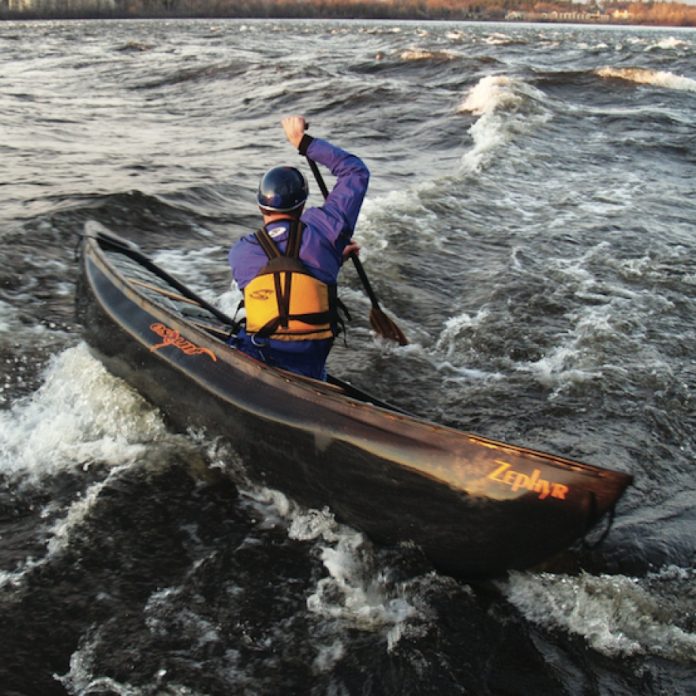You’ll never feel more helpless on a remote river than when your canoe has flipped, filled with water and been pushed up against rock. Trying to free a wrapped canoe with your hands is only so much isometric exercise, and trying to lever it off with a paddle is a quick way to make kindling. Fortunately, with a handy kit of a throwbag, some webbing, two prussic loops, two carabiners and two pulleys you can set up a mechanically advantageous system to triple your pulling power.
• The line pulling on the canoe (the load line) will be under tremendous strain, so fasten it to a sturdy attachment point such as the junction of a thwart and gunwale. The line should wrap below the submerged gunwale, around the back and overtop of the canoe before heading to shore. This will cause the top gunwale to roll upstream when the line is tightened, spilling water and lightening the load.
• Angle of pull is important when choosing your anchor point on shore, usually a tree or boulder. Consider at what angle the current is flowing into the boat. With very few exceptions, the better angle will be achieved by pulling from as far upstream as your rope and available anchors allow. Invest some time in planning the extraction. Consider the forces at play, the possible angles of pull and how best to unbalance the forces that are pushing the canoe against the rock.
• Establish the anchor by looping the webbing around the tree or rock. Fix the pulley to the webbing with a carabiner and run the line coming from the canoe through the pulley.
• Now comes the mechanical advantage. Attach a prussic to the load line between the anchor and the canoe as far away from the anchor as possible. (A prussic is a loop of smaller cord that is wrapped around the load line in such a way that it tightens on the line when pulled on.) The prussic will act as a fixed point on the line, allowing you to establish a second pulley midway between the canoe and the anchor. Run the rope through the pulley and back toward the anchor.
• You may need to engage a brake on the load line in order to reposition the prussic or to take a rest. Loop a second prussic onto the line on the load side of the anchor pulley. You may need to have someone keeping the prussic from getting jammed as the load line enters the pulley. The prussic will tighten on the line if you slowly release the line and the prussic at the same time.
Tips
• Use static or low-stretch rope (not climbing rope). It doesn’t store energy and act like a slingshot when something breaks.
• When pulling, make sure your lines are as parallel as possible to maximize the system’s efficiency.
• Equip yourself with proper pulleys. Using carabiners as pulleys imparts too much friction on the system.
Mike Desrochers anchors load lines as a professional water and ice rescue instructor (watericerescue.com) and anchors a rhythm section as the drummer of the Rapid Palmers.
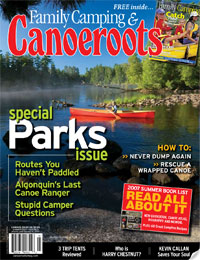 This article first appeared in the Summer 2007 issue of Canoeroots Magazine.
This article first appeared in the Summer 2007 issue of Canoeroots Magazine.



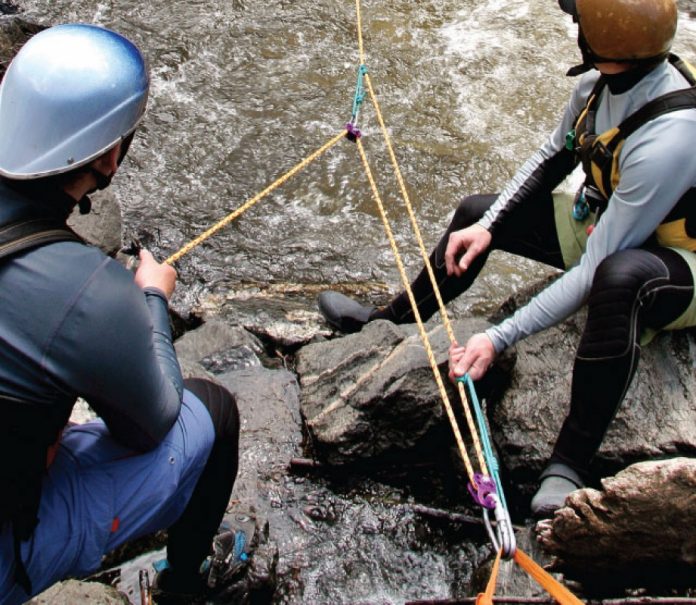
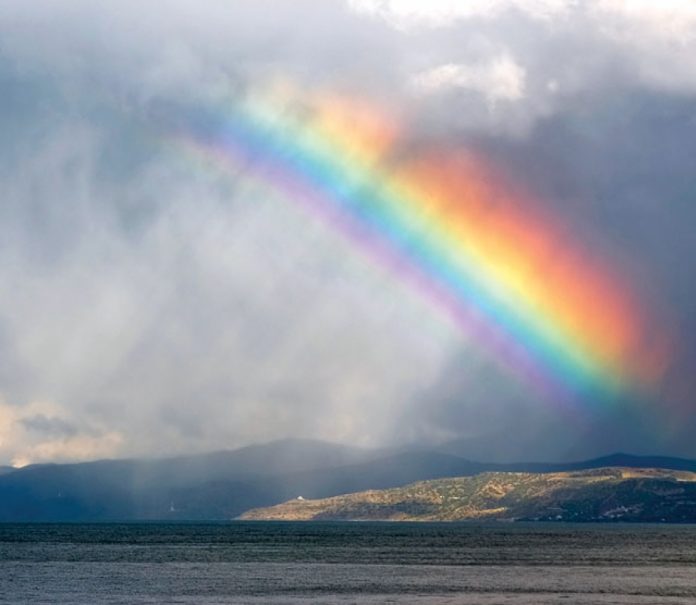
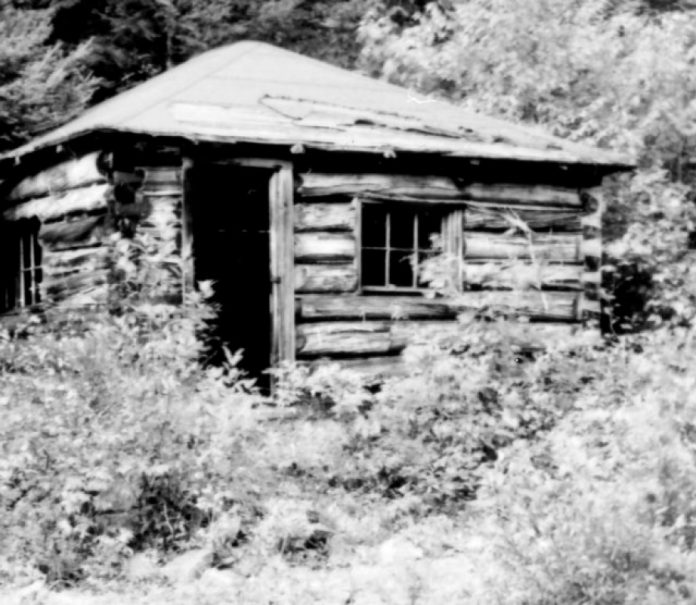
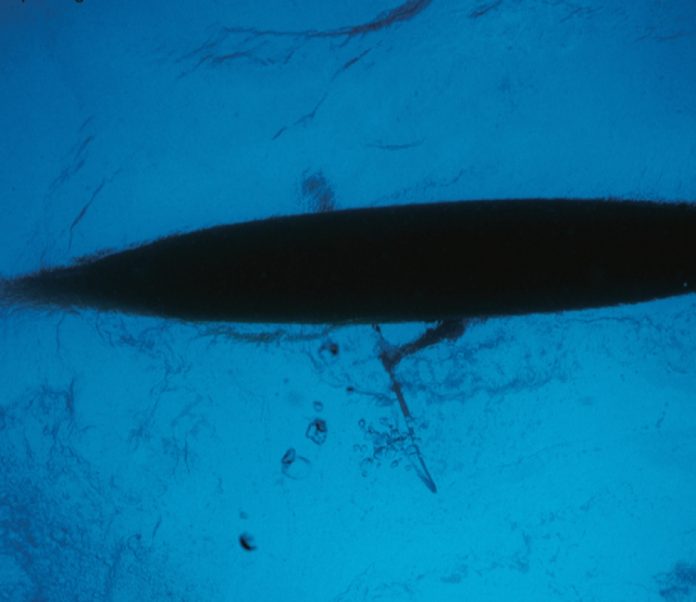
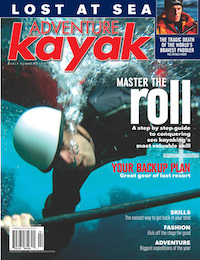 This article first appeared in the Early Summer 2007 issue of Adventure Kayak Magazine. For more great content, subscribe to Adventure Kayak’s print and digital editions
This article first appeared in the Early Summer 2007 issue of Adventure Kayak Magazine. For more great content, subscribe to Adventure Kayak’s print and digital editions 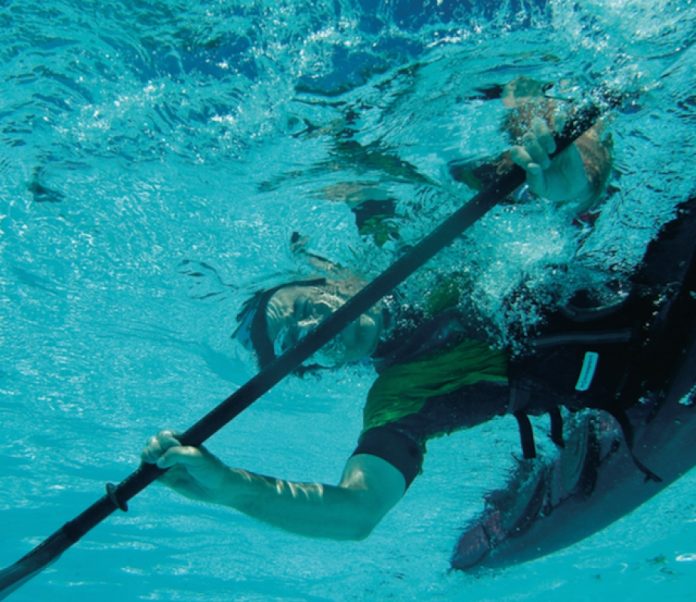
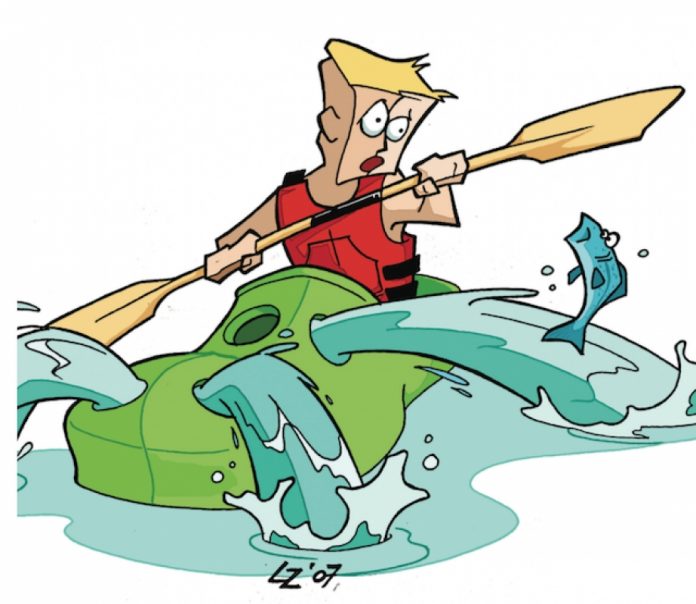
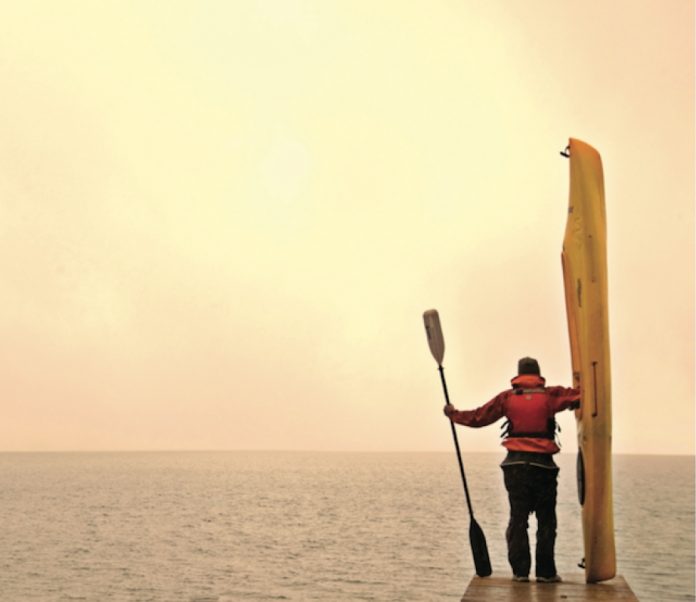
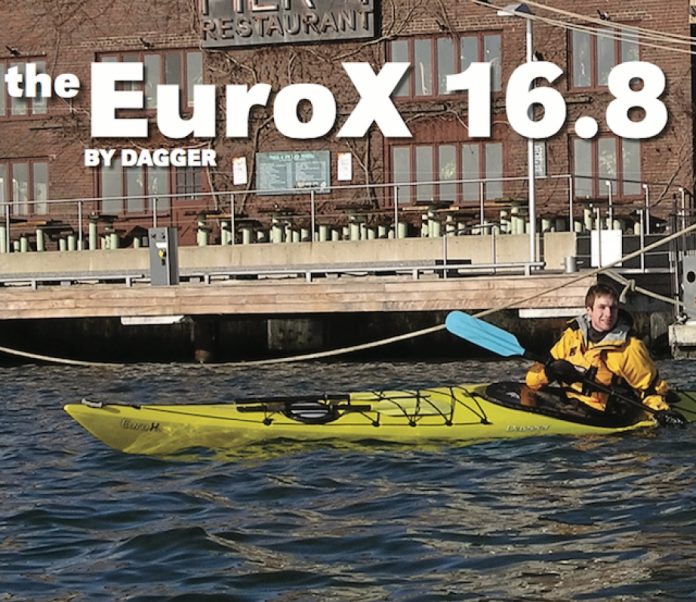
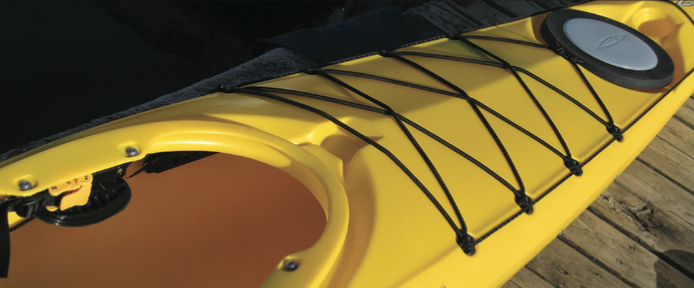
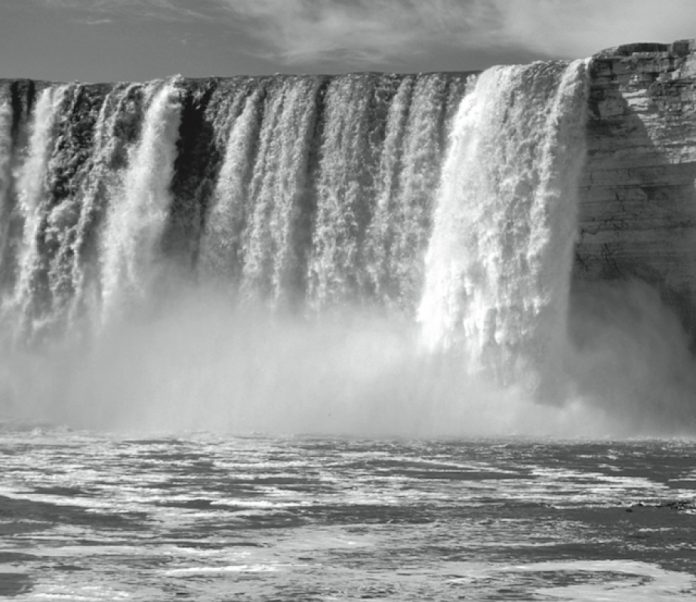
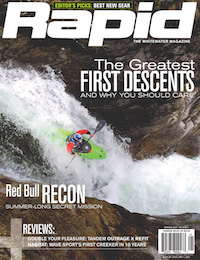 This article first appeared in the Spring 2007 issue of Rapid Magazine. For more great content, subscribe to Rapid’s print and digital editions
This article first appeared in the Spring 2007 issue of Rapid Magazine. For more great content, subscribe to Rapid’s print and digital editions 